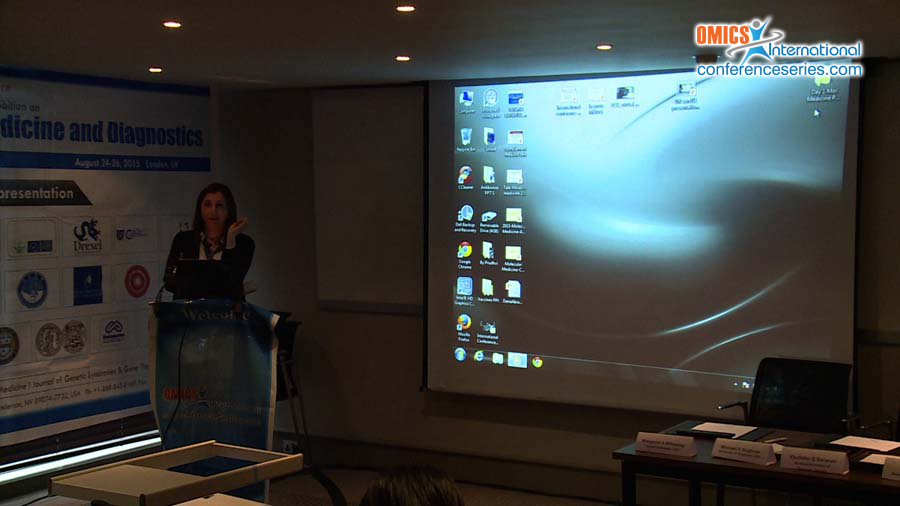
Rajaa Fakhoury
Beirut Arab University, Lebanon
Title: The association between ACE I/D polymorphism and the risk of Alzheimer’s’ disease in Lebanon
Biography
Biography: Rajaa Fakhoury
Abstract
Alzheimer’s disease (AD) is a progressive neurodegenerative disease and the most common cause of dementia. AD is characterized by impairment in memory and other cognitive functions. The two pathological hallmarks of AD are the large extracellular plaques deposits of the β-amyloid peptides (Aβ) and the intra-neuronal fibrillary tangles of the microtubule binding protein tau. Aβ peptides are proteolytically derived from a type 1 integral protein termed amyloid precursor protein (APP) and are constantly anabolized and catabolized in the brain. The accumulation and aggregation of Aβ which is the primary cause of AD, induce an inflammatory response followed by neuritic injury, hyperphosphorylation of tau protein and formation of fibrillary tangles, leading ultimately to neuronal dysfunction and cell death. Angiotensin converting enzyme (ACE) is a membrane-bound ectoenzyme that has been demonstrated to inhibit Aβ peptides aggregation and plaque formation in vitro. ACE gene has been extensively studied as a candidate gene for Alzheimer’s disease (AD) since ACE was found to be significantly increased in AD patients in several previous studies. ACE is a dipeptidyl carboxypeptidase widely distributed in the body. ACE gene is located on chromosome 17q23, and has an insertion and deletion polymorphism (I/D) of a 287 bp Alu repetitive sequence in intron 16. The association of ACE polymorphism with AD is still controversial. Some meta-analyses addressing the relationship between ACE I/D polymorphism and AD have shown that the D/ D genotype is associated with a reduced risk for AD and that both ID and II genotypes were associated with an increased AD risk, thus making ACE I allele a risk factor for AD. However, few studies found no evidence to support linkage between ACE I/D polymorphism and AD. This apparent discrepancy may be due to ethic differences. This study was performed to examine for the first time the association between ACE I/D polymorphism and the risk of Alzheimer’s disease in Lebanese patients. Forty-five patients diagnosed as having Alzheimer’s disease and forty-eight age-matched controls from Dar Al-Ajaza Al-Islamia Hospital in Beirut were recruited, relevant clinical data were confidentially collected such as age, medical history, smoking habits, blood chemistry tests (such as glucose, lipid profile). A confidentiality letter was signed to safeguard the collected information. Patients and controls were tested for ACE I/D genotype by PCR. Results showed that the distribution of genotypes between Alzheimer’s patients was: 28.9% DD, 53.3% ID and 17.8% II while the controls showed 35.4% DD, 64.6% ID and 0% II. According to our findings, the II genotype was significantly higher in Alzheimer’s patients than in controls. Therefore, our study demonstrated the I/I genotype to be associated with an increased risk of AD in Lebanese population.
Speaker Presentations
Speaker PPTs Click Here





